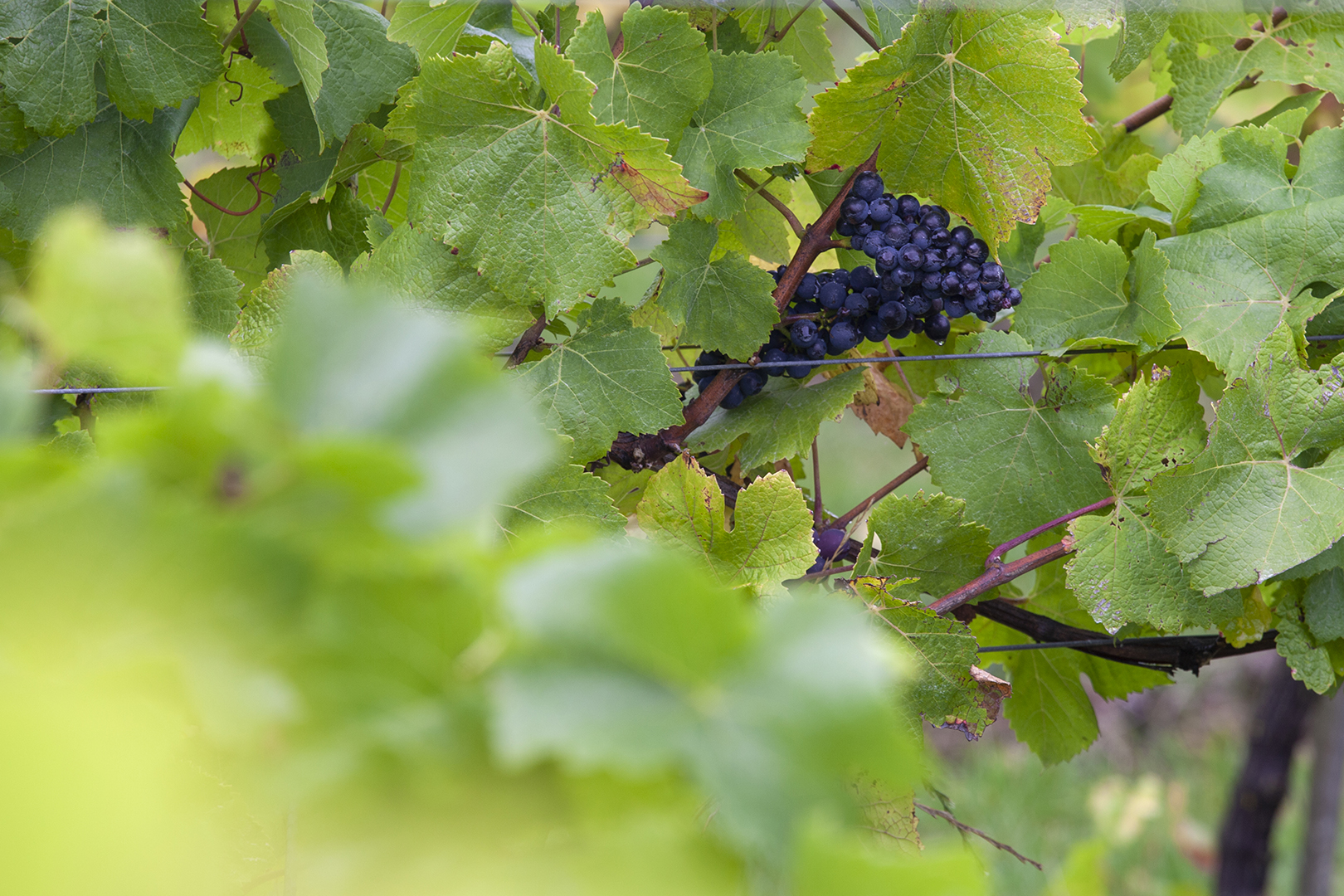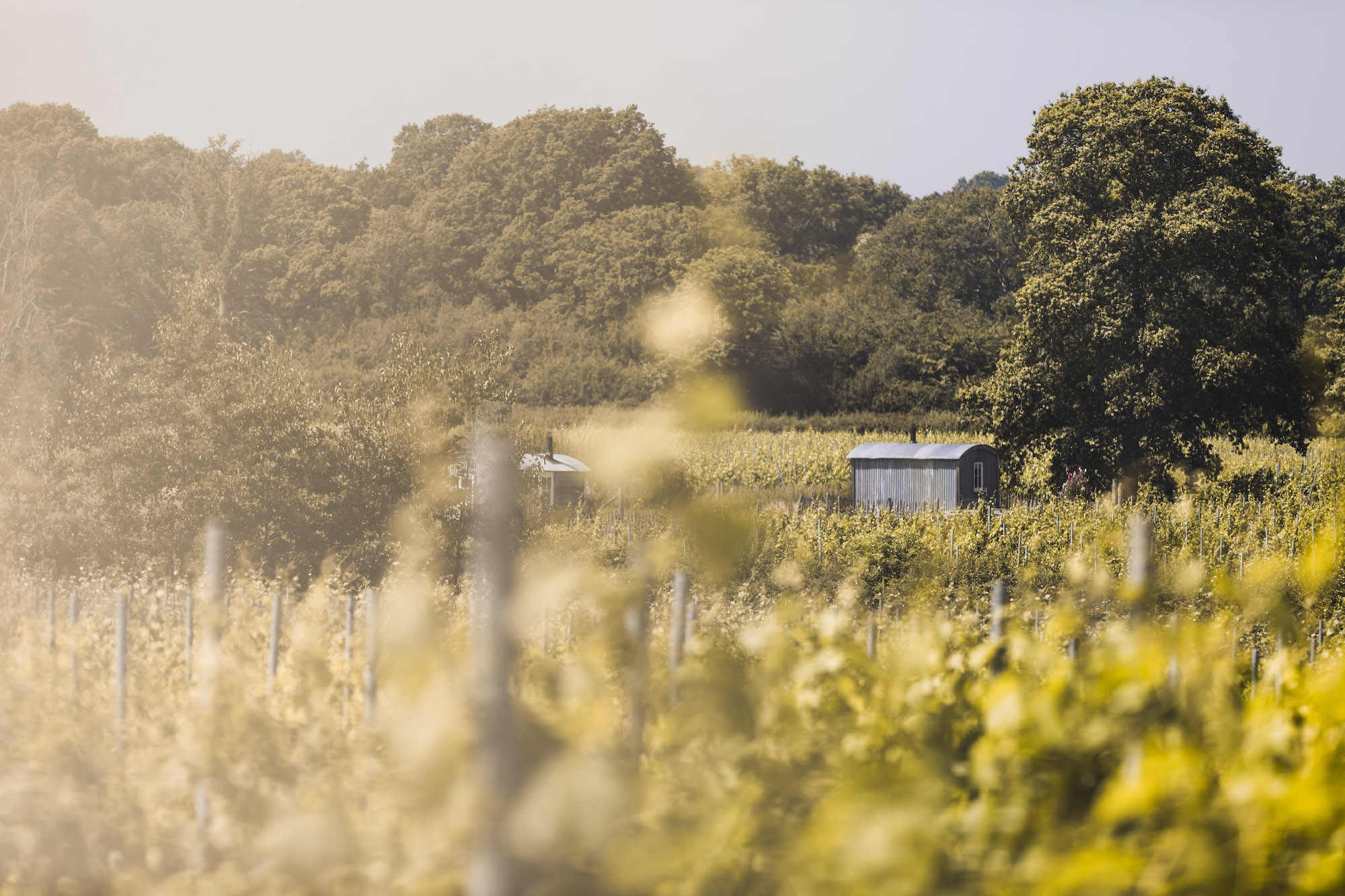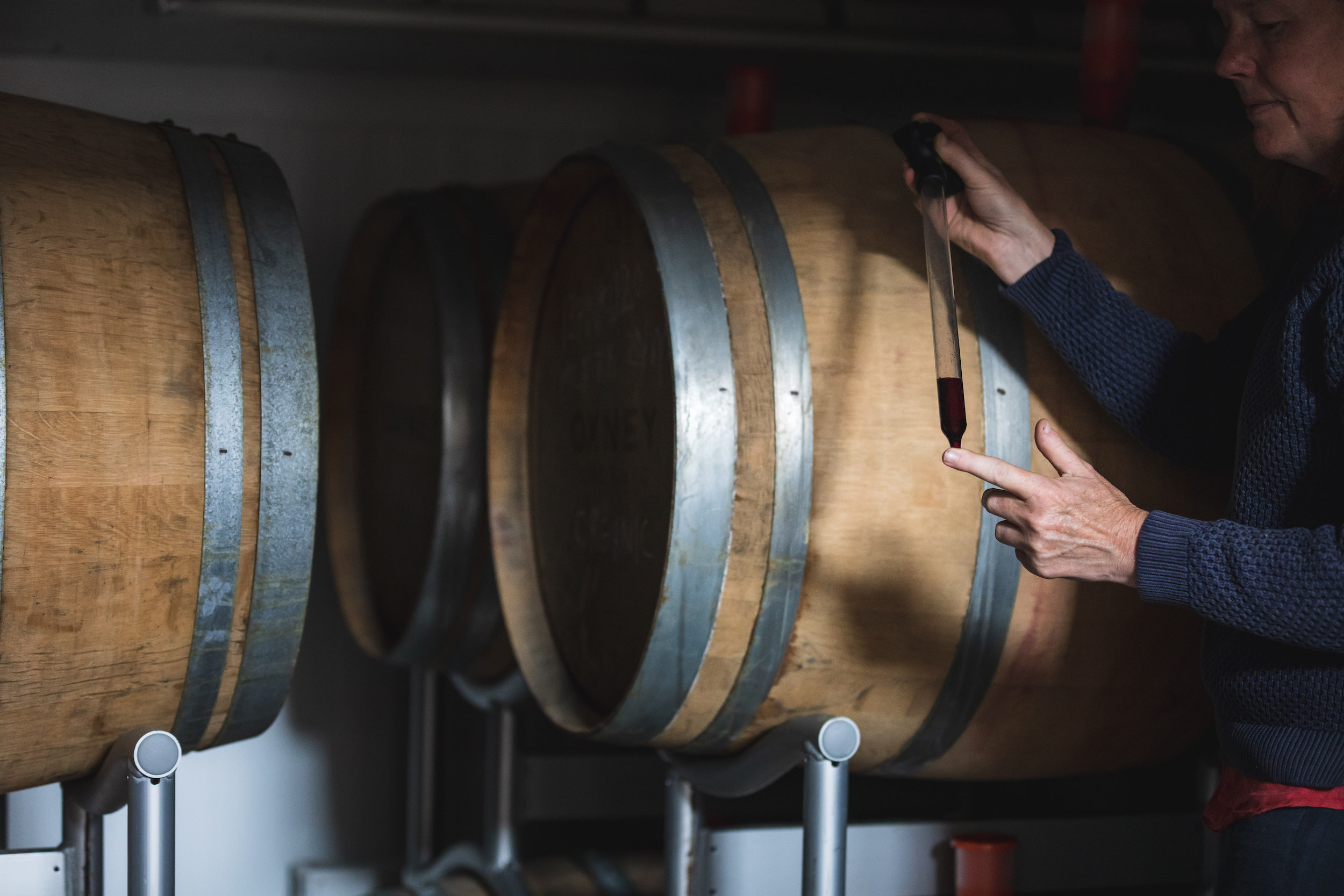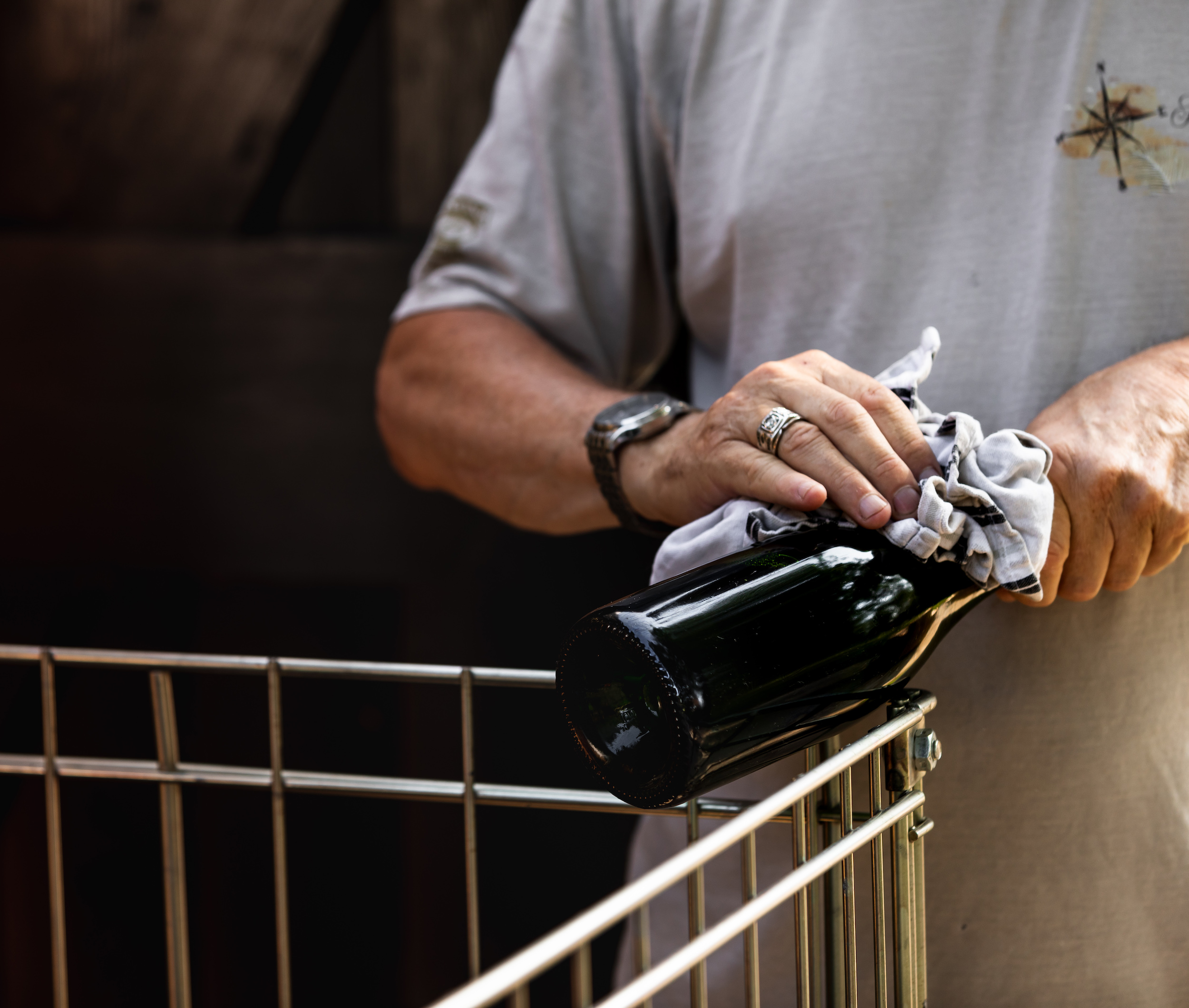Winemaking decisions that transform the drink in your glass (7 of many)
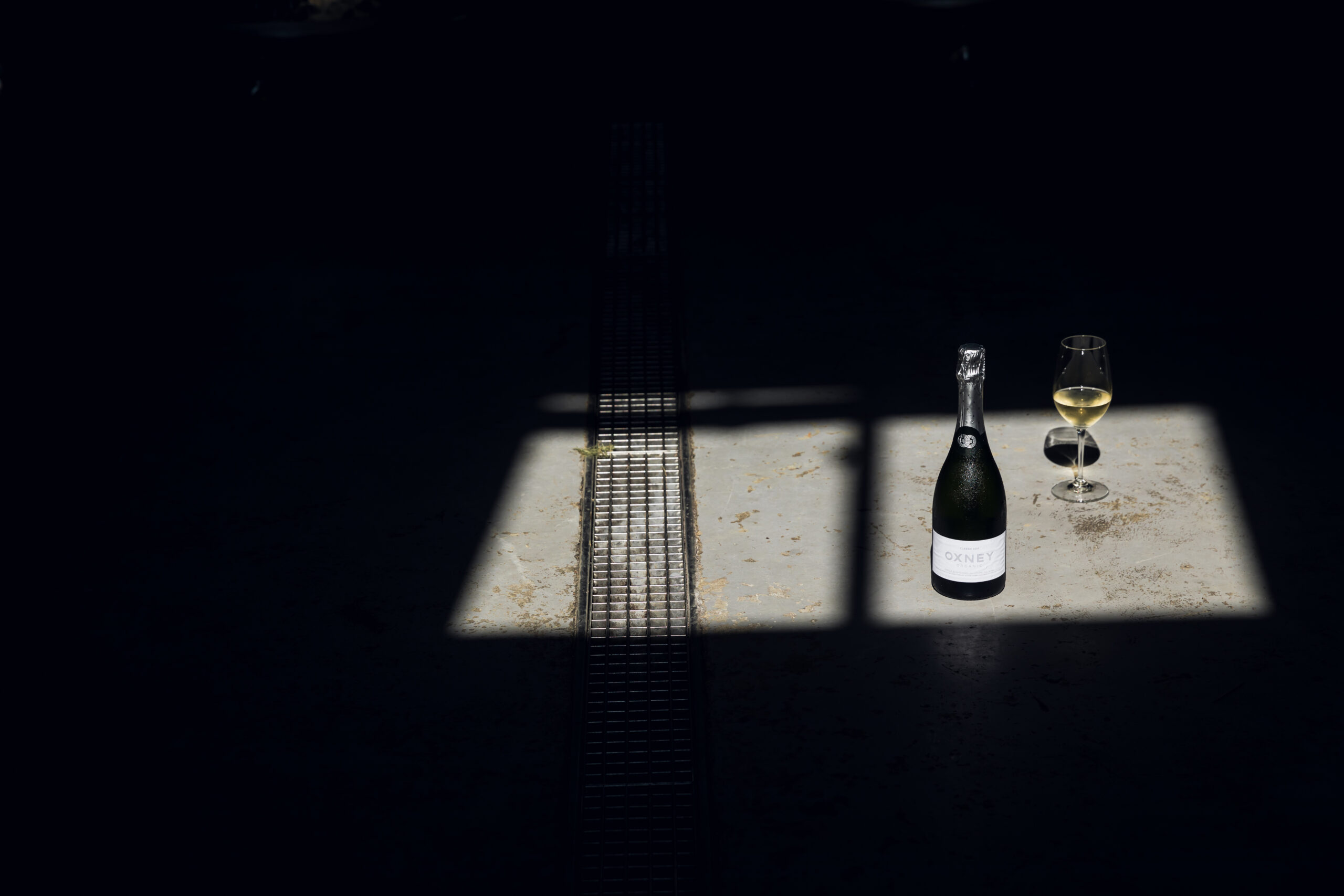
With the harvest safely in, the winery is where all the action is now taking place. That means decisions, and lots of them. Here are seven key winemaking choices, complete with the impact they have on the wines they produce.
Every bottle of wine is the logical – and often inspired – result of hundreds of decisions. These start in the vineyard of course – the very first being where you plant, what you plant and how you choose to grow. (We made the call to grow organically from day one and we haven’t looked back since.)
However, to look to the vineyard alone is to view the concept of terroir only in its oldest sense. Fortunately, the modern understanding of terroir factors in a vital human component. This gives due recognition to winemaking as well as vineyard practices, acknowledging that the tapestry of decisions made in the winery undeniably have a transformative effect on the styles of wine produced.
We could have written War & Peace on this topic – the definitive list of these decisions is a winemaker’s entire career in the making. So we’ve picked out seven that concern sparkling wine production in particular, to give you a glimpse into the minds of many English winemakers over the next few months.
1. When to harvest
The final vineyard decision of the season overlaps with the first in the winery: when to pick your grapes. There is a tightrope to be negotiated here, particularly in a tricky growing year such as 2021:
– Pick early and you minimise the risk of autumn rains fomenting fungal diseases… but at a point when the grapes may not have reach peak ripeness.
– Pick later and you give the grapes more time to ripen fully… but if the rains come, those rots and mildews may well rise up and spoil your crop.
The choice made here has a huge impact on the final wine style. Early-picked grapes typically produce fresher, leaner wines with high acidity, low alcohol and subtle fruit flavours; whereas the acidity reduces, body goes up and wines get fruitier the later the grapes are harvested.
2. How to harvest
Another key winemaking decision is whether to hand-pick or harvest mechanically. Picking by hand is far slower and more labour intensive but brings whole bunches into the winery. This is the classical (and still most common) harvesting method for traditional-method sparkling wines, as whole bunches can be pressed extremely gently to extract only the purest juice.
However, mechanical harvesting is now a legitimate and sensible choice for many English winemakers. Here we sometimes have to squeeze the grapes a little harder to get them to release the full fruit character from their skins. This requires the grapes to be loaded into the press off their stems, as individual berries.
We could do this by hand-picking whole bunches then destemming them… but it’s far more efficient if they come into the winery already off the stems. This is precisely what the mechanical harvester does – working its way down each row, agitating individual grapes from the vine. It saves valuable time and eliminates the need for skilled picking teams that are becoming scarcer in the UK with every passing vintage, with no discernible drop-off in the quality of juice provided. Hence for the last two years, our choice has been to mechanically harvest a portion of our grapes.
3. Yeasts
Are we yeast fanatics? Possibly. The microbial engines of alcoholic fermentation are fascinating things, providing winemakers with a wide range of options for the duration and reliability of fermentation. In fact, we can choose from a menu of cultured yeasts to buy in and influence our fermenting grape must in various ways. Many of these yeasts will even impart flavours in the final wine that weren’t there in the original juice.
Meanwhile, our vineyard and winery are teeming with native yeast strains, including many unique to our estate. Because we want our wines to be a true expression of their origin, we feel that these homegrown yeasts should play their part. That’s why we continue to experiment with wild ferments, employing our native yeasts wherever viable.
4. Fermentation vessels
Wines have been produced in many types of containers over the millennia, from clay amphorae to concrete vats to oak barrels of different shapes and sizes. The late 20th century saw the paradigm-shifting introduction of temperature-controlled stainless-steel tanks, followed more recently by achingly Instagrammable concrete eggs.
All of these options are open to today’s winemakers; each has a marked impact on the wine developing inside. We choose to ferment different ‘parcels’ of wine in different vessels (stainless steel or used oak barriques) to give us more distinctive styles of wine to select from when it comes to blending.
5. Malolactic conversion
Once the initial alcoholic fermentation is complete, there are still plenty of ways to influence the style of wine in the vessel. One decision no producer can avoid is whether to trigger the malolactic conversion. This is a microbial process that converts malic acid into lactic acid. In short, this softens the acidity and shifts the flavour profile from tart green apples to something creamier. Some English producers choose to eschew it, we like the softness and roundness it gives our wines.
6. Maturation
Very few wines (Beaujolais Nouveau being a notable exception) go into bottle straight from fermentation. Most – even those made for early drinking – are left to rest for a time afterwards. Maturation is an opportunity for wines to develop complexity in a number of ways, for instance:
– Oak ageing to round out flavours by allowing controlled oxygenation through tiny pores in the wood
– Ageing in new oak barrels to integrate new spicy, coconut or smoky notes into the wine
– Ageing a wine on its lees (expired yeast cells) to impart dairy or bakery-shop notes over time. These autolytic flavours and aromas are a key feature of many sparkling wines.
If a winemaker elects to ferment and age all of their parcels of wine separately (a fundamental decision in itself), different parcels can be matured in varying ways to once again give a greater kit of parts when it comes to blending.
7. Disgorging
For traditional-method sparkling wines, the process of disgorging is a cluster of vital winemaking decisions. The second fizz-inducing fermentation, which takes place in a sealed bottle, leaves behind a sediment of dead yeast cells that must be removed before the wine is ready for release. There are a few ways this can be achieved (a blog topic in its own right!), but here we’ll concentrate on timing.
As noted about, lees add new flavours to wine. The longer they’re present, the more pronounced those flavours get. Some English producers choose to age their wines on lees for 12-15 months, others go on for 100 months or more. How is this decision made? Effectively by opening a bottle every few months and seeing where that wine is in its own unique journey.
Even at the point of disgorging – removing the lees and corking the bottle – there are still some adjustments to be made. If we choose, we can add a final dosage of sugar before corking to give the wine one last nudge towards the apex of its potential. More than once we’ve felt a wine was already there and opted for the rare but always-tantalising zero-dosage style.
—
This final point illustrates the beautiful artistry of winemaking decision-making. Where industrial producers of high-street favourites follow a well-grooved template year-in-year-out, quality-focused winemakers are guided by instinct as much as habit. Every choice has potentially seismic consequences, meaning many decisions taken are a thrilling step into the unknown.
The best bit is that those decisions never stop coming! The hardest part of writing this post was staying so near the trunk of the decision tree. Practically every decision in our list triggers myriad other choices that we could have expanded on at great length. But we don’t want to bore you (nor give away our secret sauce recipe). Besides, we’re more than happy for you to judge the outcome of these decisions in every bottle of Oxney you open.
